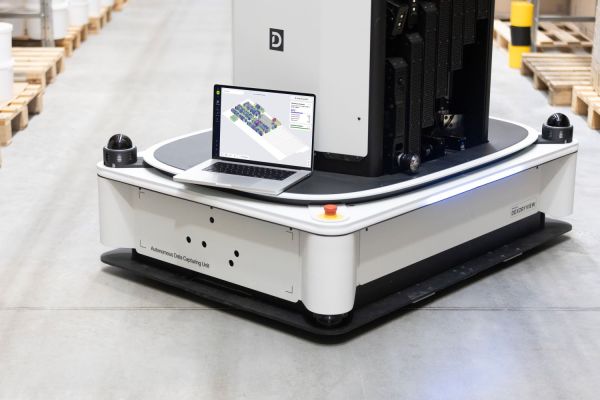The latter is, in my opinion, the key innovation that will revolutionise mobile services in the telecommunications sector.
Network Slicing is based on the reservation and segmentation of network resources, forming an end-to-end architecture that allows the creation of virtual networks independent of each other, allowing a more adaptable and efficient use of resources, which can be applied to different uses, needs or conditions according to demand.
Types of services
There are mainly 4 different types of services that can be offered through Network Slicing: mobile broadband services (eMBB), low latency (uRLLC), connectivity oriented to the internet of things (mMTC) and connected mobility (V2X). In this area, Telefónica is working specifically on the former, known as Enhanced Mobile Broadband (eMBB), as it is currently the only slice supported on the network that mobile handsets can handle.
What does this mean for the user experience?
When a user is in a slice with resource reservation, their connectivity will not be affected during times of congestion, and they can continue to browse smoothly even when the radio node that serves them is saturated, which in normal conditions could imply a bad browsing experience. Thanks to this technology, users subscribing to the service (premium lines) will enjoy an optimal connectivity experience in high demand situations.
How to make this a reality?
To achieve this goal, work can be done in different areas, such as developing the necessary capabilities in IT systems to provide the services that will include this new technology with the capabilities of contracting, billing, provisioning and service model. This could be built on the GSMA QoD mobile API, which allows for dynamic or static provisioning of lines in the prioritised slice.
Another option could be to address the deployment of the partitions already defined, as well as the configurations of the slices associated with these partitions throughout the network.
Conclusions
Network slicing in 5G SA represents a step forward in the personalisation and optimisation of mobile connectivity services. It opens up new opportunities for services where stable and prioritised connectivity is crucial, such as critical communications services or private connectivity services over the mobile network.
As the 5G SA infrastructure continues to expand and more devices become compatible, we will see a boom in the development of new services. This is just the beginning of a new era in mobile connectivity, in which the ability to offer customised and adaptive services will be paramount to meet the expectations of our customers and the needs of various sectors of the economy.







